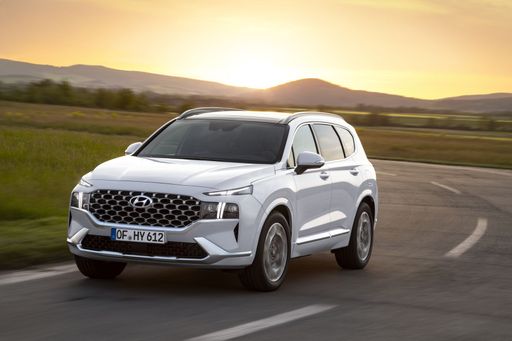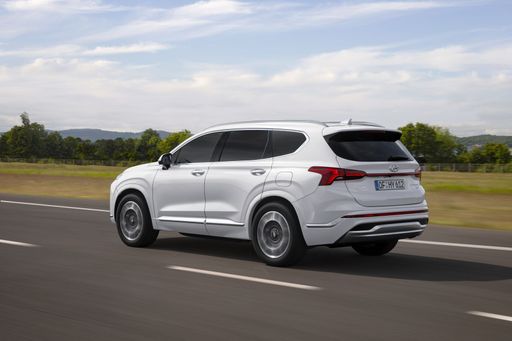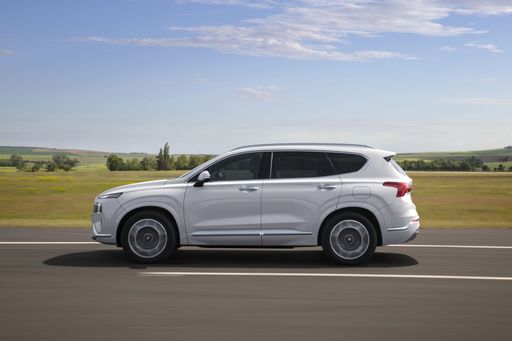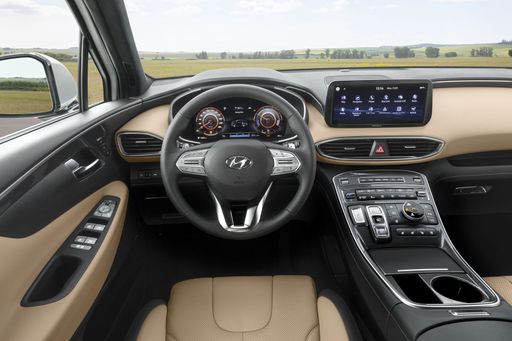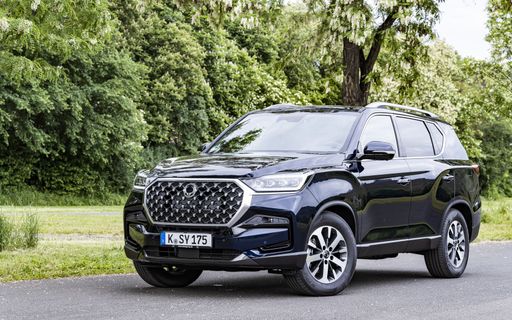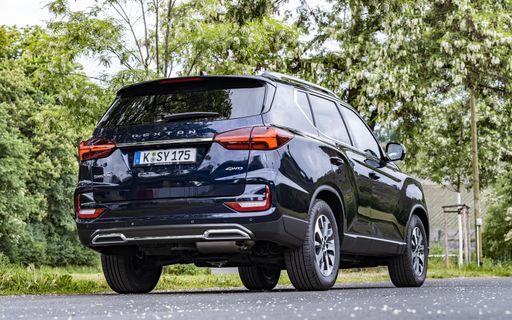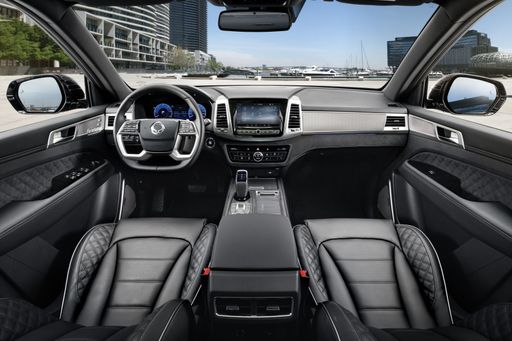Hyundai Santa Fe vs SsangYong Rexton: A Clash of Styles and Substance
There is a tranquil coexistence in the world of SUVs and off-roaders where the concrete jungles meet rugged terrains. Today, we dive into a comparison between two contenders: the Hyundai Santa Fe and the SsangYong Rexton. Each vehicle marks its territory with a distinct footprint—whether through innovation, fuel efficiency, or sheer power. Let's break down the details to see how these stalwarts stack up against each other in the automotive arena.

